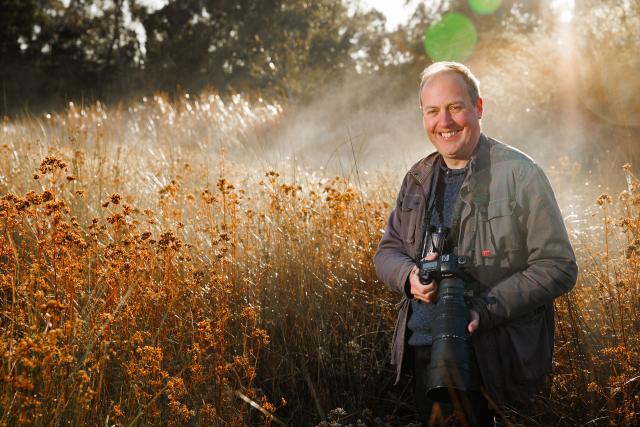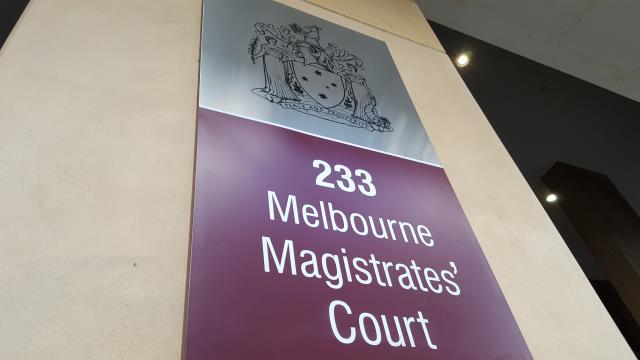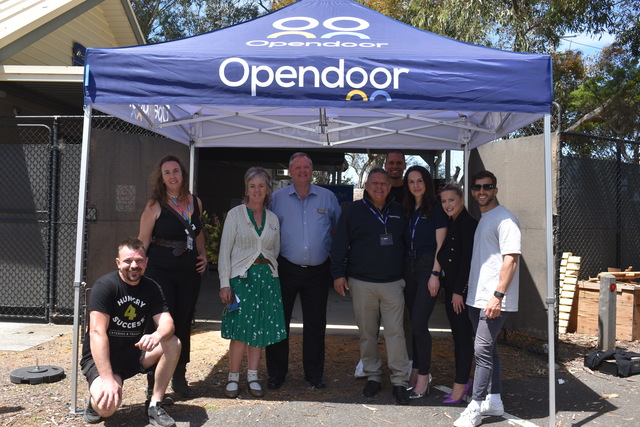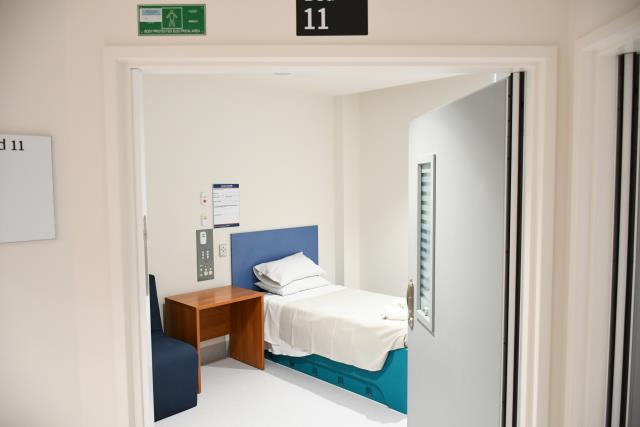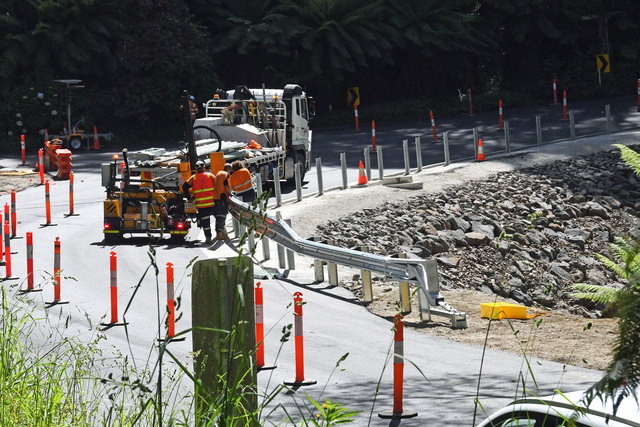Have you ever asked yourself why Australia’s native animals matter?
Well it’s a question Croydon-based ecologist and author Simon Mustoe has endeveaoured to answer in his new book ‘Wildlife in the Balance’.
The popular-science book draws on Mustoe’s years of experience as a conservationist, and extensive research, to tell the story of how wildlife conservation is about to become our ‘greatest and only chance to ensure a habitable earth’.
“We obviously we tend to get a mindset of saying animals are important when they become very uncommon,” Mustoe said.
“When you look at the actual sheer abundance of wildlife, you realise that the processes they drive in ecosystems are absolutely extraordinary on such a huge scale.
As human beings, we only seem to see the very tiny tip of that in our own daily lives, but obviously, access to the internet and modern information enables us to imagine these things on a much bigger scale.”
In fact, one of the biggest migrations on earth happens in our own garden every day, according to Mustoe.
“When following the sun, caterpillars walk from inside a hidden point in a vegetation out onto a leaf and start feeding; that annual migration daily of a few inches backwards and forwards; it’s one of the greatest migrations on earth,” Mustoe said.
“Scale that up, and you look at the effect of vegetation has on the planet, which unregulated by animals would actually spill lots of polluting waste into the oceans and the atmosphere.
These animals are doing an incredible job, they’re actually turning that into food, they’re turning it into soil, which regulates our moisture cycles and our climate and everything else.”
Wildlife conservation had been playing on Mustoe’s mind for a few years; but it was while working in Raja Ampat; located in the coral triangle in eastern Indonesia, he had an “epiphany” moment.
“Interestingly, a short while after – one of the people on the trip I was leading asked ‘what’s the point of a turtle?” and I answered them by saying, ‘I can’t answer that question for you. I’m gonna have to go away and think about it.’”
So I did, and about a year later, I started drafting the book. And the rest is history.”
Living in Belgrave for 20 years before his move to Croydon, Mustoe knows what it’s like to have an abundance of species at his doorstep.
The Lyrebird – a species prevalent in the Dandenong Ranges – processes 350 tonnes of soil each year, Mustoe said.
“What the book does is tell that story about how the impact occurs, and then hopefully opens people’s eyes when they go out looking at some of this nature,” Mustoe said.
And rather than just sort of seeing a bird and going ‘oh yeah, that’s a bird,’ but actually look at what it does, and think about in your mind, how much time that animal’s spending doing that, how many of them there are, and you certainly quickly realise that our entire landscape, our whole environment, everything we see, is shaped by wildlife.”
There are two key points Mustoe hopes the reader can take away from his book.
“The first thing key point is we’re an animal like any other,” he said.
“And the second point is that is that in order to survive, we have to surround ourselves by with a diversity of abundant wildlife.
“What I hope to achieve from the book is inspiring people with an untold narrative and new story, and a story about how wildlife conservation is actually one of the greatest hopes we have for rebuilding a comfortable world, and one that humans can can thrive in into the future.”
‘Wildlife in the Balance’ is available to purchase online from Tuesday 11 October, and will soon be available at all good book stores.

